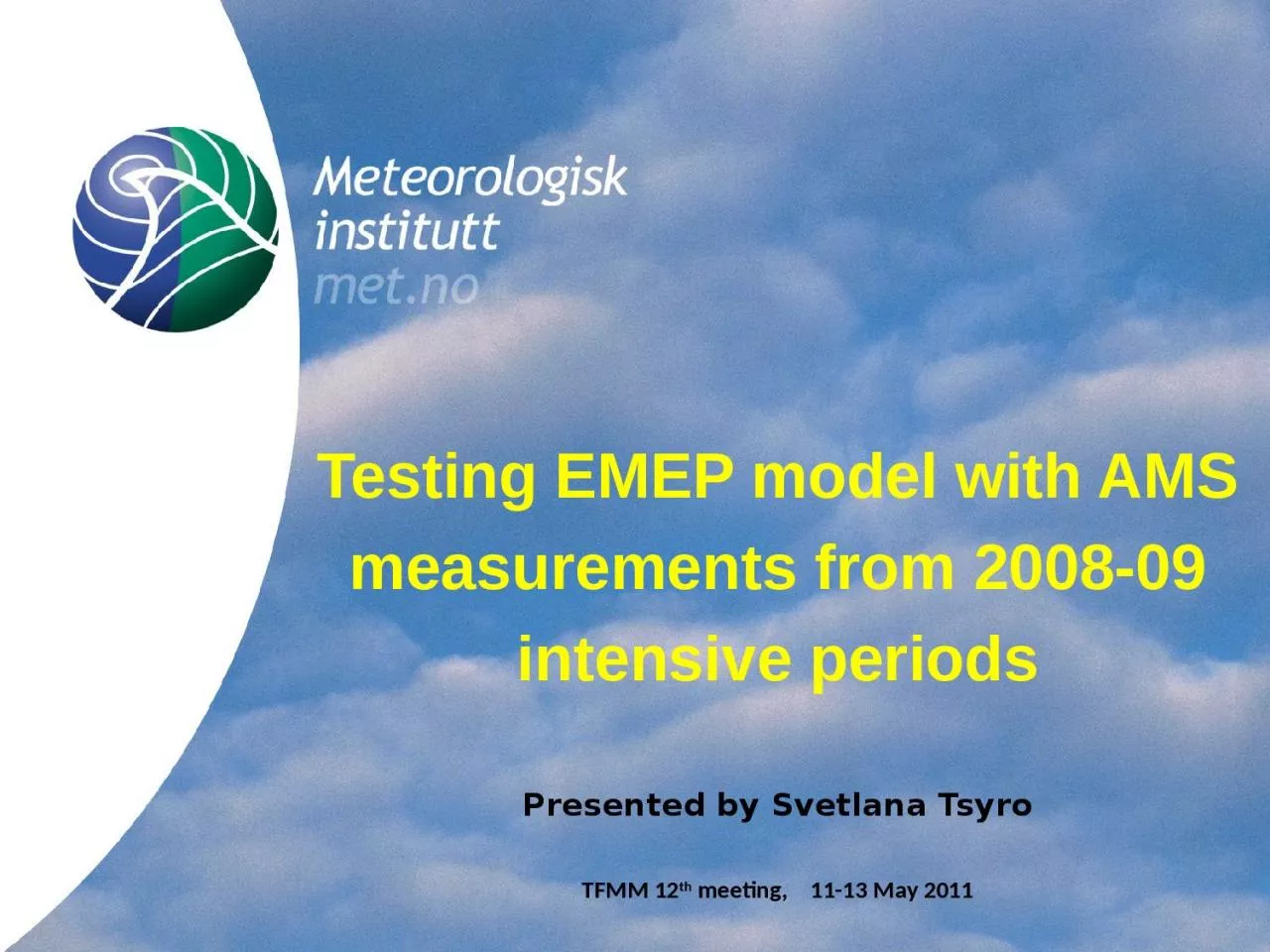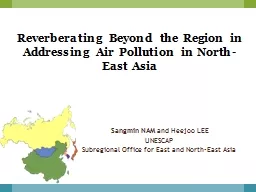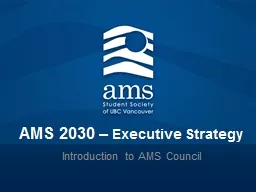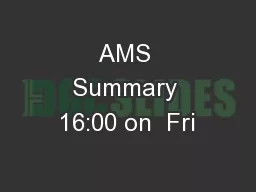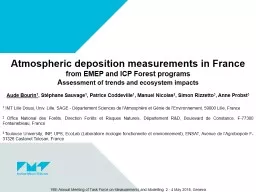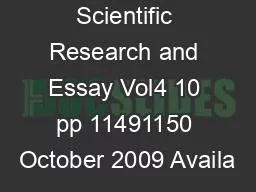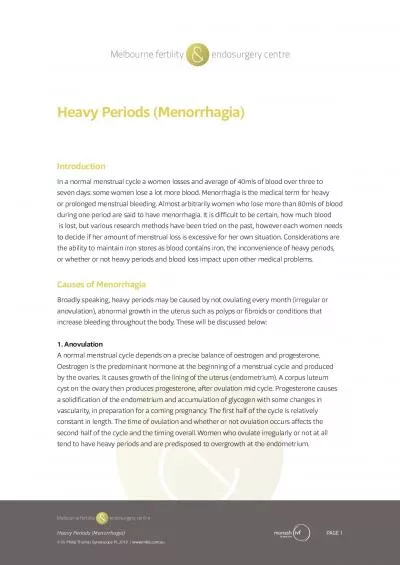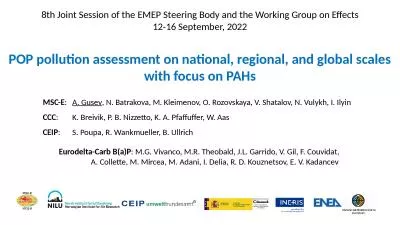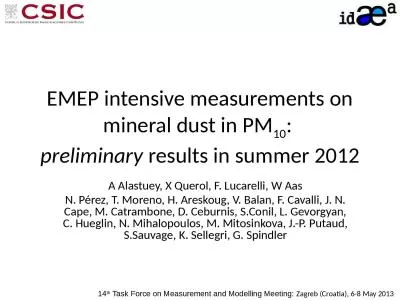PPT-Title Testing EMEP model with AMS measurements from 2008-09 intensive periods
Author : alyssa | Published Date : 2023-10-30
Presented by Svetlana Tsyro TFMM 12 th meeting 1113 May 2011 Meteorologisk Institutt metno EMEP model performance for 2008 Ns Obs ug SNm 3 Mod ug SNm
Presentation Embed Code
Download Presentation
Download Presentation The PPT/PDF document "Title Testing EMEP model with AMS measur..." is the property of its rightful owner. Permission is granted to download and print the materials on this website for personal, non-commercial use only, and to display it on your personal computer provided you do not modify the materials and that you retain all copyright notices contained in the materials. By downloading content from our website, you accept the terms of this agreement.
Title Testing EMEP model with AMS measurements from 2008-09 intensive periods: Transcript
Download Rules Of Document
"Title Testing EMEP model with AMS measurements from 2008-09 intensive periods"The content belongs to its owner. You may download and print it for personal use, without modification, and keep all copyright notices. By downloading, you agree to these terms.
Related Documents

